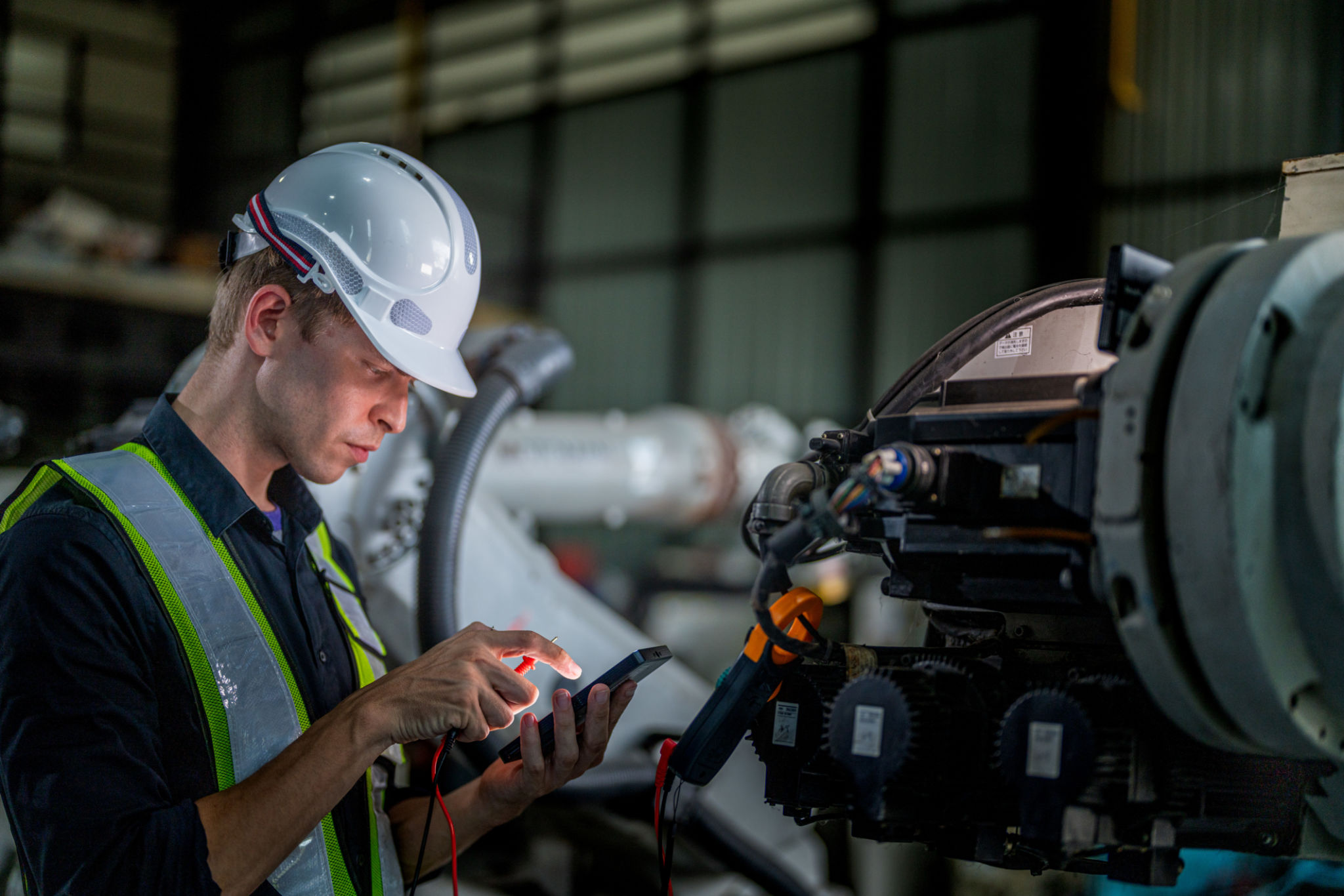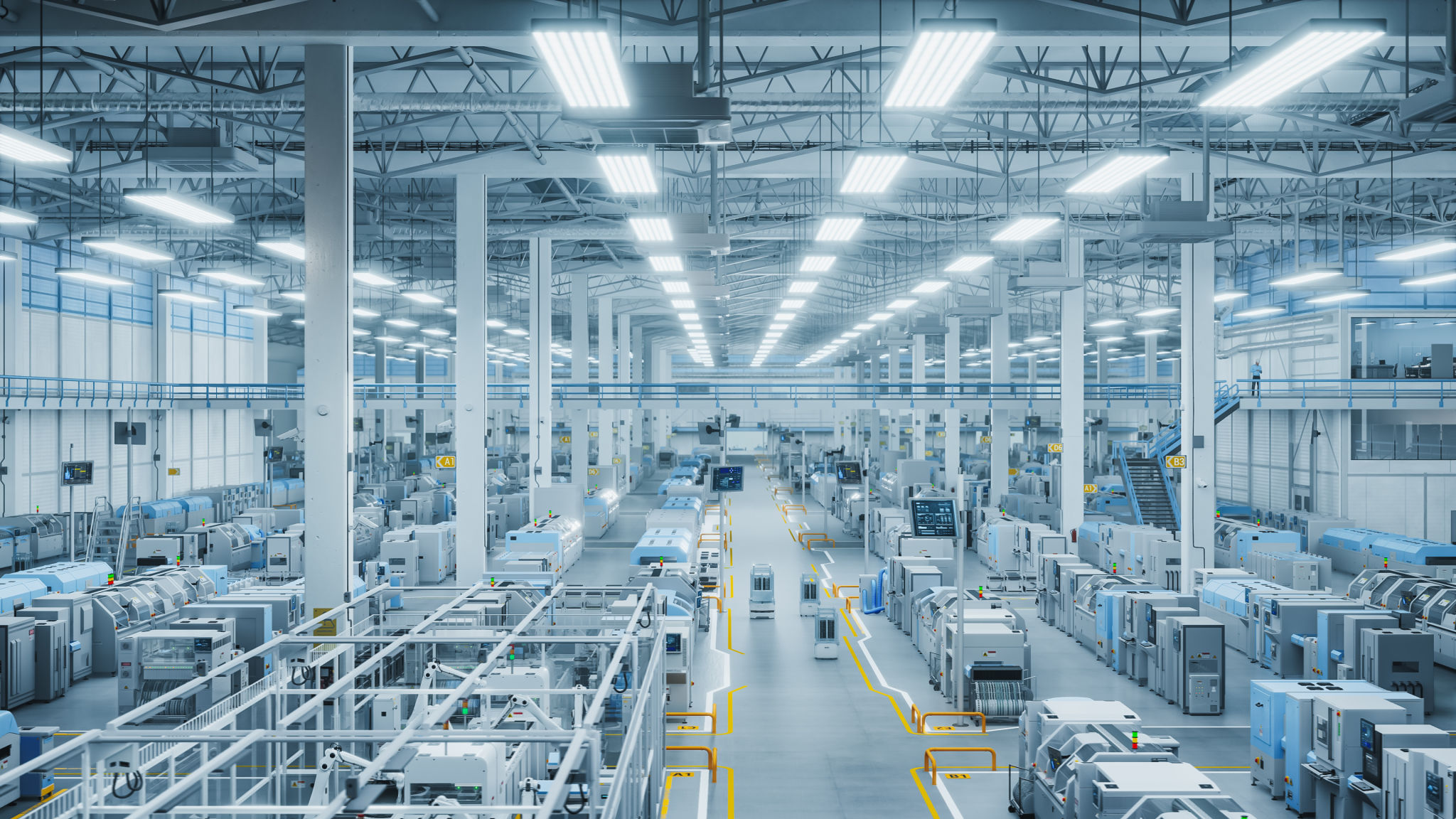Success Stories: How Regular Maintenance Improved Equipment Longevity
The Importance of Regular Maintenance
In today's fast-paced industrial world, businesses heavily rely on machinery and equipment to maintain productivity. While the initial investment in these machines is significant, their longevity is often overlooked. One of the key factors in ensuring equipment lasts longer is regular maintenance. It not only improves performance but also reduces downtime, saving businesses time and money.
Regular maintenance involves scheduled inspections, cleaning, and timely repairs. This proactive approach helps identify potential issues before they become major problems. By investing in regular upkeep, companies can avoid costly repairs and replacements in the long run.

Case Study: A Manufacturing Success Story
A well-known manufacturing company provides a perfect example of how regular maintenance can lead to equipment longevity. This company implemented a comprehensive maintenance program that included routine check-ups and preventive measures. As a result, they experienced a significant decrease in equipment failures and extended the life of their machinery by several years.
The company's maintenance team followed a strict schedule, ensuring every piece of equipment was inspected at regular intervals. This attention to detail allowed them to catch minor issues before they turned into major breakdowns. The result? Increased productivity and reduced operational costs.
Key Benefits Observed
- Reduced unexpected downtime
- Lowered repair costs
- Improved machine efficiency
- Extended equipment lifespan

Implementing a Maintenance Plan
Creating a successful maintenance plan requires careful planning and execution. Companies should begin by assessing their current equipment and identifying critical machines that require regular attention. Developing a maintenance checklist can ensure that no aspect of the equipment is overlooked during inspections.
Training staff is another crucial component. Employees should be well-versed in recognizing signs of wear and tear. This knowledge empowers them to report issues promptly, preventing minor problems from escalating.
Tools and Technology
With advancements in technology, maintenance has become more efficient and reliable. Many companies now use computerized maintenance management systems (CMMS) to schedule tasks and track the condition of their equipment. These systems provide real-time data, helping maintenance teams make informed decisions.

Conclusion: A Smart Investment
In conclusion, regular maintenance is not just an expense; it's an investment that pays off handsomely over time. By extending the lifespan of equipment, companies can maximize their return on investment and maintain a competitive edge in their industry.
The success stories of businesses that have prioritized maintenance highlight its undeniable impact on equipment longevity. With a strategic approach and the right tools, any company can achieve similar results, ensuring their machinery remains in peak condition for years to come.
